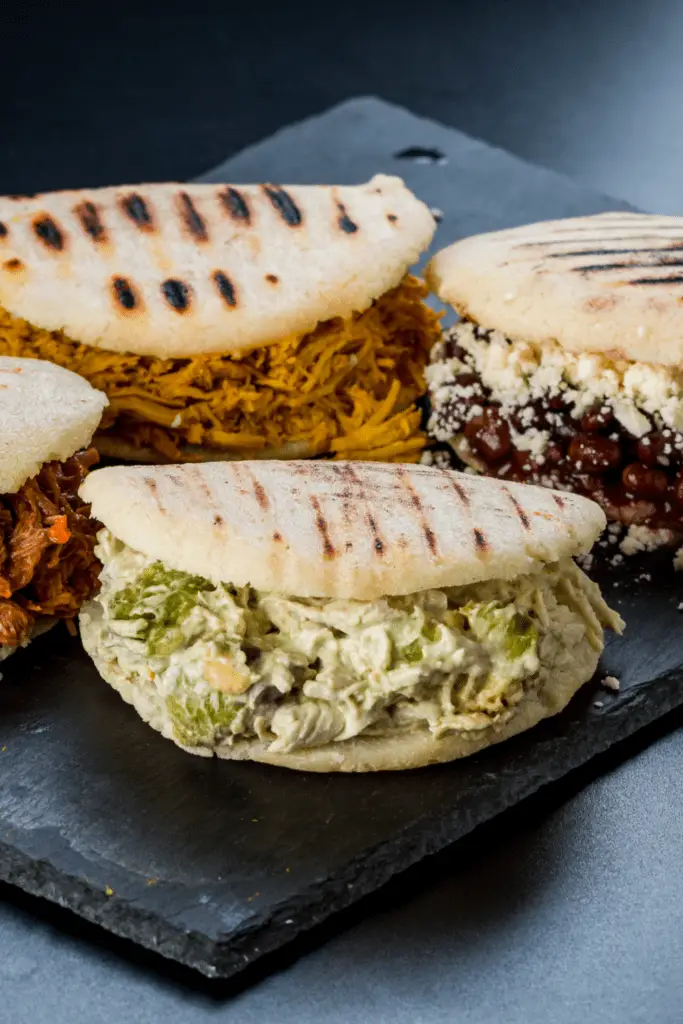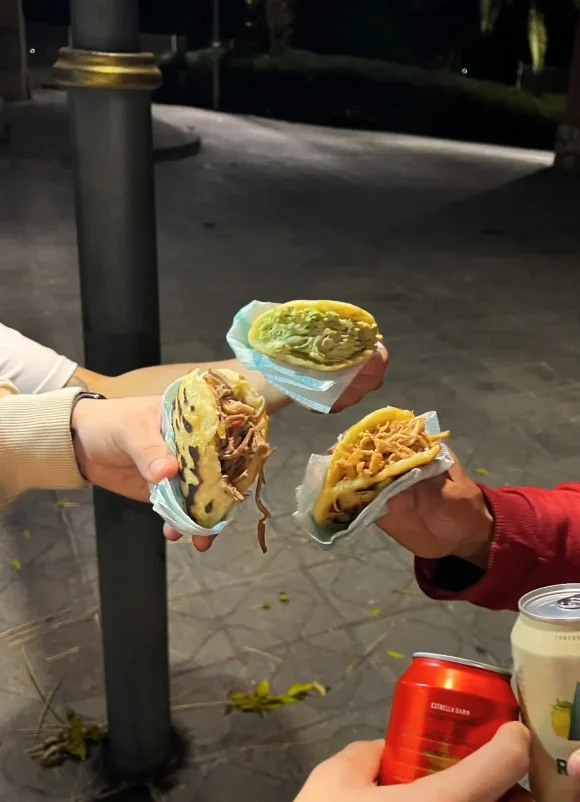Latin America is a vibrant mosaic of cultures, each with its own flavors that tell stories of fusion and celebration. Every bite is a journey through the history and traditions of Latin American cuisine. Here, gastronomy not only nourishes, but is also art and a pillar of cultural identity, reflecting the rich diversity of the continent.
Latin American cuisine reflects millennia of history. Each invasion and discovery left its mark on the food. From colorful markets to festivities, dishes tell stories of those who grow and prepare them, showcasing the depth and charm of Latin American cuisine in every detail.

Indigenous Heritage
Before Europeans, American civilizations developed advanced agricultural practices. They grew staple foods such as corn, which was central to their economies and mythologies.
These civilizations not only fed their people, but their agricultural methods reflected a deep understanding of nature. The milpa, for example, was a farming system that optimized the use of the soil.
Indigenous peoples were also experts at preserving food. Techniques such as drying and smoking meat and fish, as well as fermenting corn drinks, were common. These methods not only preserved food, but also enriched it with new flavors and textures.
Spanish and Portuguese influence
The arrival of European conquistadors introduced new ingredients and cooking techniques to the Americas, resulting in a cultural mix that is vividly reflected in contemporary cuisine. Ingredients such as pork, wheat and dairy products were incorporated into the indigenous diet, creating entirely new dishes that would become the hallmarks of Latin American cuisine.
The adoption of livestock not only changed the type of proteins available but also introduced European techniques for curing and preserving meats, such as the production of sausages and cheeses. This exchange was not one-way; American products such as tomatoes, chocolate and vanilla revolutionized European cuisine, proving that culinary fusion was a two-way street.
This integration of cultures was also manifested in the adoption and adaptation of European recipes, which were adjusted to local ingredients and indigenous palates, giving rise to unique dishes such as mole poblano, which combines native chili peppers with spices brought from another continent.
African Contributions
With the forced arrival of Africans to America during the colonial period, new culinary elements were introduced that would become fundamental in many cuisines of the Caribbean, Brazil and other coastal areas of Latin America. Crops such as yams, malanga and distinctive culinary techniques such as frying further deepened the gastronomic mosaic of the continent.
Africans also brought with them advanced knowledge in the manipulation of tubers and other vegetables, which was integrated with indigenous and European cooking methods. This resulted in robust, flavourful dishes such as cocido, which combines meats, vegetables and legumes in a single, potent broth.
The African legacy in Latin American cuisine is not limited to ingredients and techniques; it also includes a profound influence on the music, dance, and festivities that accompany the preparation and consumption of food. This cultural heritage turns food into a celebration of resilience and life, reflecting the strength and spirit of Afro-descendant communities in Latin America.
Continuing to expand content on the topics of Evolution of Creole Cuisine, Flavors of Mexico, and more, the article continues to explore the rich and diverse gastronomy of Latin America in depth.
Evolution of Creole Cuisine
Creole cuisine is the result of cultural fusion in Latin America. It is not static; it continues to evolve, adapting to new influences without losing its roots.
In places like Peru and Puerto Rico, Creole cuisine is central to national identity. In Peru, Asian influences have been integrated, giving rise to dishes that combine Eastern techniques and flavors with local ingredients.

In the Caribbean, the cuisine is a collage of flavours where seafood, tropical fruits and tubers predominate, with a bold use of spices that tell stories of trade and colonisation.

This constant evolution of Creole cuisine reflects the adaptability and resilience of Latin American cultures. Each dish and each technique are testimony to a history of resistance and celebration.
You can discover the region's most outstanding dishes by exploring culinary rankings or by immersing yourself in the vibrant TikTok community, where local flavors come to life through creative and dynamic videos.
Conclusion
To explore Latin American gastronomy is to embark on an exciting journey through time and geography. From the heights of the Andes to the shores of the Caribbean, each dish offers a taste of the history, culture and spirit of the people of Latin America. As this cuisine continues to evolve, so does our appreciation for the traditions that have survived and adapted over the centuries.
Don't miss the chance to try a authentic creole flavor!
If you're looking forward to experiencing one of the icons of Creole cuisine, you can't miss the chance to order an arepa 'La Reina de Estrella Sabanera'. This dish not only captures the essence of Latin American culinary tradition, but also celebrates innovation and flavor. Order today and immerse yourself in the delicious world of Latin American flavors!


